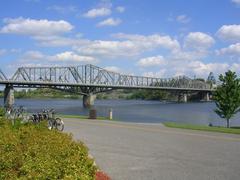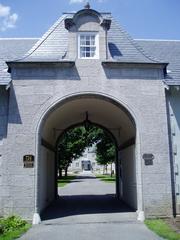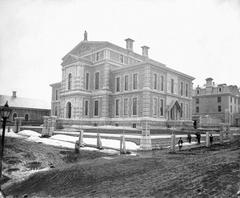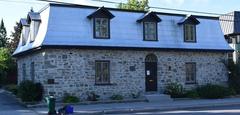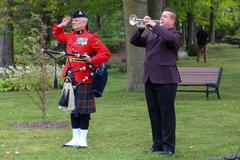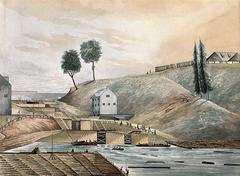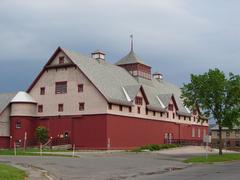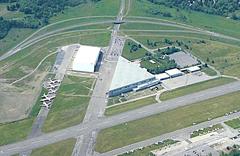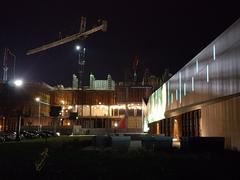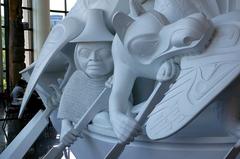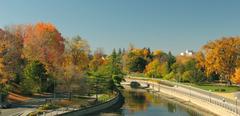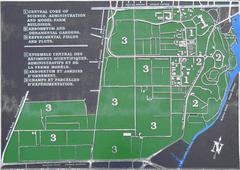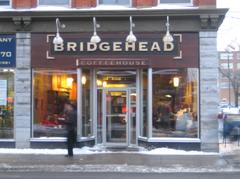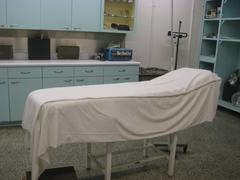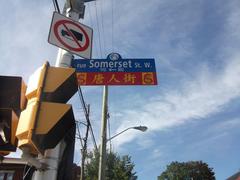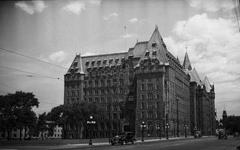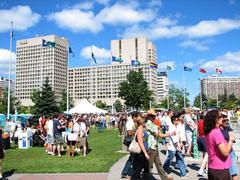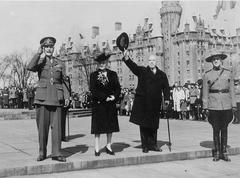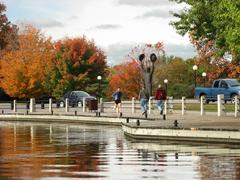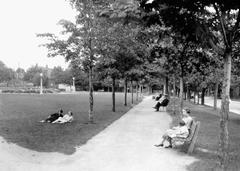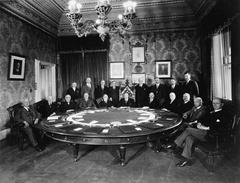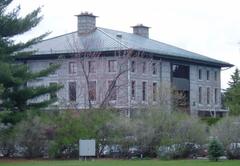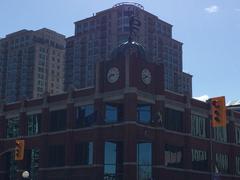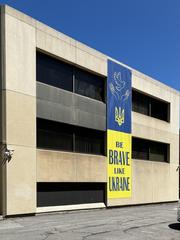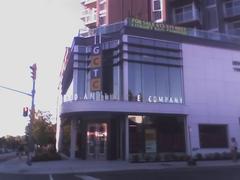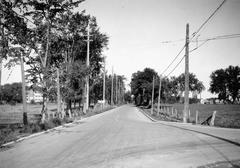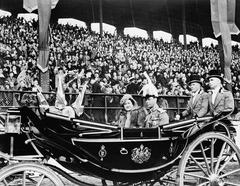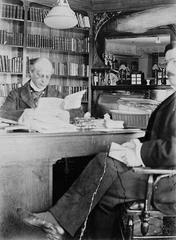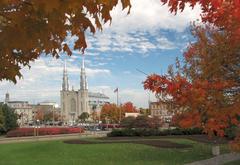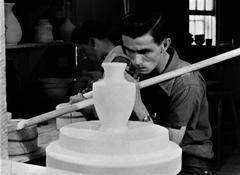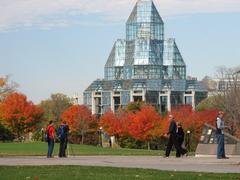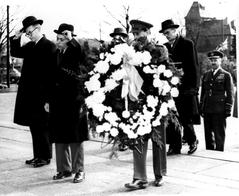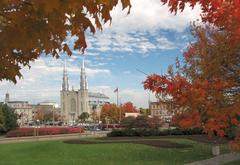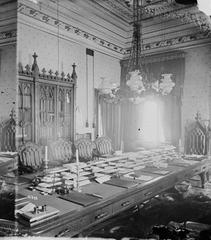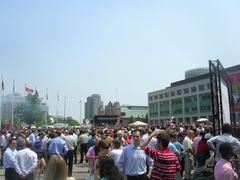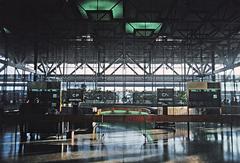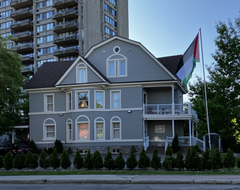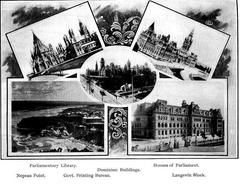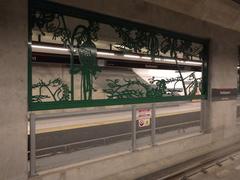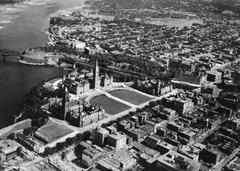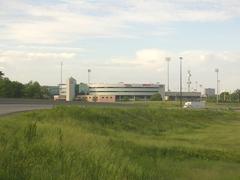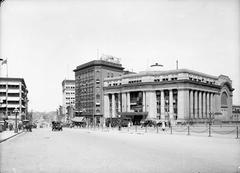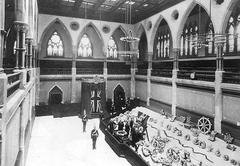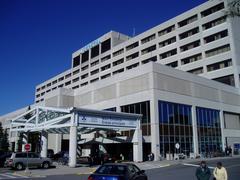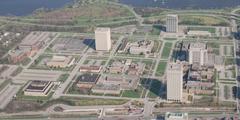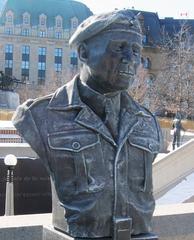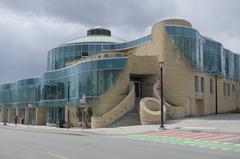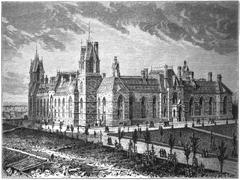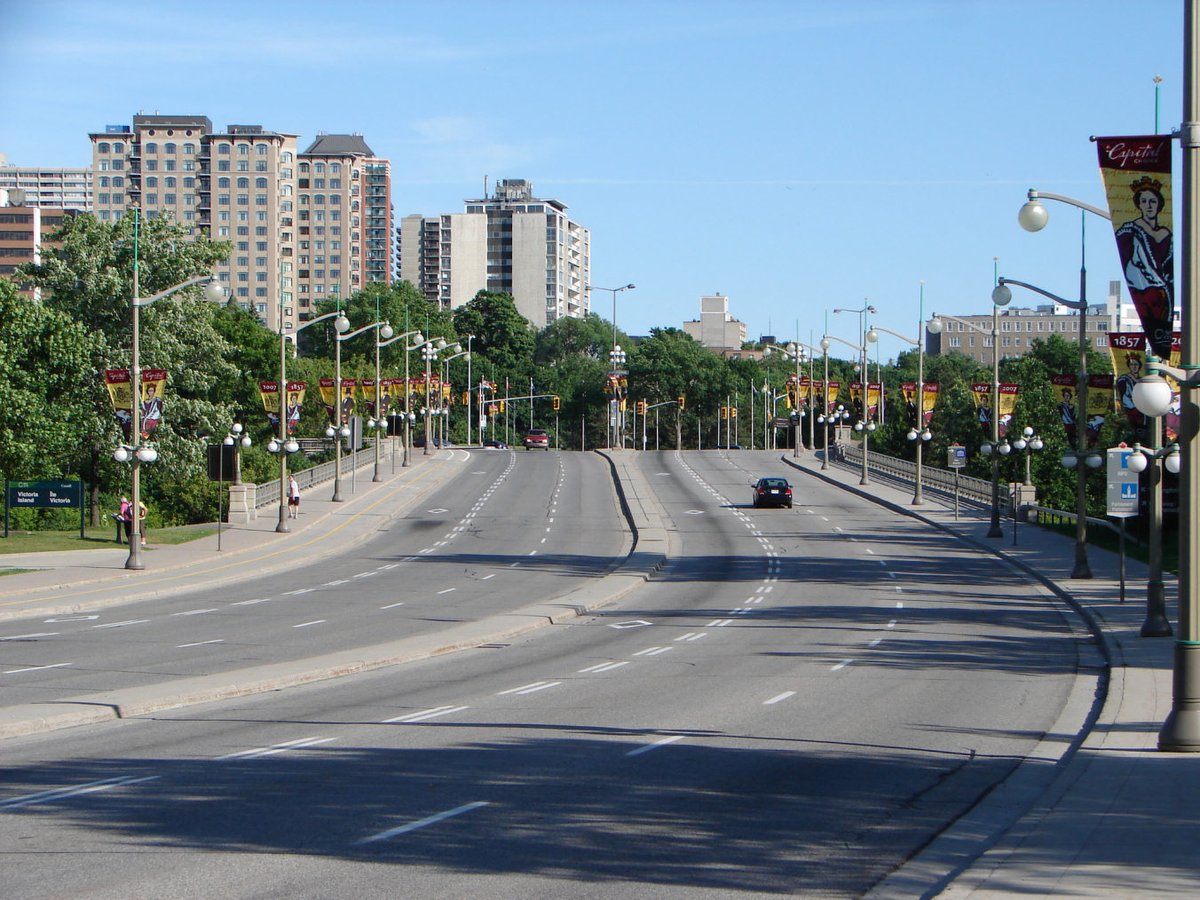
Visiting Pont du Portage in Ottawa: Hours, Tickets, and Tips
Date: 01/08/2024
Introduction
Pont du Portage, also known as the Portage Bridge, is an iconic landmark that spans the Ottawa River, linking the cities of Ottawa, Ontario, and Gatineau, Quebec. This bridge is not only a critical transportation link but also a site of immense historical and cultural significance. Its origins trace back to the traditional portage routes used by Indigenous peoples and early European settlers, making it a pathway steeped in history (CBC News). Constructed in the 1970s and undergoing several modifications since, the bridge now stands as a testament to mid-20th-century engineering and urban development (dbpedia.org). Pont du Portage plays a pivotal role in the National Capital Region, offering stunning views of the Ottawa River and connecting visitors to key landmarks and cultural sites such as the Canadian Museum of History and Parliament Hill. This comprehensive guide aims to equip visitors with all the necessary information, from historical insights and architectural features to practical travel tips and nearby attractions, ensuring a memorable and enriching experience at Pont du Portage.
Table of Contents
- History of Pont du Portage
- Role in Urban Development
- Connection to Key Landmarks
- Modern-Day Importance
- Visitor Information
- Preservation and Maintenance
- Cultural and Recreational Activities
- Future Developments
- Frequently Asked Questions (FAQ)
History of Pont du Portage
Early Beginnings and Construction
The Portage Bridge (French: Pont du Portage) is a significant structure that spans the Ottawa River, connecting the cities of Gatineau, Quebec, and Ottawa, Ontario. The bridge’s construction was part of a broader initiative to improve transportation and connectivity between these two important Canadian cities. The bridge links Laurier Street and Alexandre-Taché Boulevard in the Hull sector of Gatineau with Wellington Street at the Garden of the Provinces and Territories in Ottawa, crossing Victoria Island and the former Philemon Island along the way (dbpedia.org).
Historical Significance
The Portage Bridge holds considerable historical significance due to its strategic location and the role it has played in the development of the National Capital Region. Historically, the area around the bridge was a vital crossing point for Indigenous peoples and early European settlers. The bridge’s name, ‘Portage,’ reflects the historical practice of portaging, where travelers would carry their canoes and goods overland to bypass obstacles in the river.
Architectural Design and Features
The architectural design of the Portage Bridge is a testament to mid-20th-century engineering. The bridge features a combination of steel and concrete, designed to withstand the harsh Canadian winters and the heavy traffic between Gatineau and Ottawa. The bridge’s construction was completed in the 1970s, and it has since undergone several renovations to maintain its structural integrity and accommodate increasing traffic demands.
Role in Urban Development
The construction of the Portage Bridge was a pivotal moment in the urban development of both Gatineau and Ottawa. It facilitated easier movement of people and goods between the two cities, fostering economic growth and cultural exchange. The bridge also played a crucial role in the expansion of the National Capital Region, making it easier for residents and visitors to access key landmarks and institutions on both sides of the river.
Connection to Key Landmarks
The Portage Bridge is strategically located near several key landmarks in Ottawa and Gatineau. In Ottawa, the bridge provides easy access to the Garden of the Provinces and Territories, a beautiful park that celebrates Canada’s diverse provinces and territories. In Gatineau, the bridge connects to the Hull sector, an area known for its vibrant cultural scene and historical significance.
Modern-Day Importance
Today, the Portage Bridge remains a vital transportation link in the National Capital Region. It is used by thousands of commuters daily and serves as a key route for public transportation. The bridge also offers stunning views of the Ottawa River and the surrounding landscape, making it a popular spot for tourists and photographers.
Visitor Information
Visiting Hours and Tickets
The Portage Bridge is accessible 24/7, and there is no admission fee to cross or visit the bridge. However, visitors interested in guided tours or special events should check with local tourism offices for schedules and ticket information.
Travel Tips
- Public Transportation: Several bus routes from both Gatineau and Ottawa serve the bridge area. Check local transit websites for schedules and routes.
- Parking: Limited parking is available near the bridge. Consider using public transportation or biking to avoid parking hassles.
- Accessibility: The bridge and surrounding areas are wheelchair accessible, with pedestrian pathways and ramps.
Nearby Attractions
- Victoria Island: Located adjacent to the bridge, this island offers historical insights and scenic views.
- Canadian Museum of History: A short distance from the bridge, this museum provides a deep dive into Canada’s rich history.
- Parliament Hill: Just a walk away from the bridge, this iconic landmark is a must-visit for tourists.
Preservation and Maintenance
Maintaining the structural integrity of the Portage Bridge is a priority for local authorities. Regular inspections and maintenance work are carried out to ensure the bridge remains safe and functional. Recent renovations have included updates to the bridge’s lighting and pedestrian pathways, enhancing safety and accessibility for all users.
Cultural and Recreational Activities
The area around the Portage Bridge is a hub for cultural and recreational activities. The bridge’s proximity to Victoria Island and the former Philemon Island makes it an ideal starting point for exploring these historically significant sites. Visitors can enjoy scenic walks along the river, participate in cultural events, and learn about the rich history of the National Capital Region.
Future Developments
Looking ahead, there are plans to further enhance the Portage Bridge and its surrounding areas. These developments aim to improve transportation efficiency, promote sustainable practices, and enhance the overall visitor experience. Proposed projects include the addition of dedicated bike lanes, improved pedestrian pathways, and the integration of green spaces.
Frequently Asked Questions (FAQ)
Q: What are the visiting hours for the Portage Bridge?
A: The Portage Bridge is accessible 24/7.
Q: Are there guided tours available for the Portage Bridge?
A: Yes, guided tours are available through local tourism offices. Check their websites for schedules and ticket information.
Q: Is the Portage Bridge wheelchair accessible?
A: Yes, the bridge and its surrounding areas are wheelchair accessible.
Q: What are some nearby attractions?
A: Nearby attractions include Victoria Island, the Canadian Museum of History, and Parliament Hill.
Conclusion
Pont du Portage is much more than a mere crossing between Ottawa and Gatineau; it is a significant cultural and historical landmark that embodies the rich heritage and modern vibrancy of the National Capital Region. From its early beginnings as a crucial portage route for Indigenous peoples to its current role as a vital transportation link, the bridge has continually evolved while maintaining its historical essence. Whether you’re interested in its architectural marvels, the scenic views, or exploring nearby attractions such as the Canadian War Museum and Victoria Island, Pont du Portage offers a wealth of experiences for every visitor. Recent enhancements and preservation efforts underscore the bridge’s ongoing importance and commitment to safety and accessibility. As plans for future developments unfold, Pont du Portage will undoubtedly continue to serve as a vital connector and a cherished landmark in the region. For a complete and fulfilling visit, consider the practical tips and insights provided in this guide, and immerse yourself in the rich cultural tapestry that Pont du Portage and its surroundings have to offer. For more information and updates, download our mobile app Audiala, and follow us on social media.
References
- ‘Portage Bridge,’ dbpedia.org. Retrieved from dbpedia.org
- ‘Pinesi Portage: Algonquin History Revitalized,’ CBC News. Retrieved from CBC News
- ‘Portage Bridge,’ Capital Current. Retrieved from Capital Current
- ‘Walking Quebec’s Portage Bridge Lookout to Downtown Ottawa Parliament Hills,’ Rumble. Retrieved from Rumble
- ‘Plan Your Visit,’ Ottawa Tourism. Retrieved from Ottawa Tourism
- ‘Canadian Tulip Festival,’ Ottawa Tourism. Retrieved from Ottawa Tourism
- ‘Les Grand Feux du Casino Lac-Leamy,’ Les Grand Feux du Casino Lac-Leamy. Retrieved from Les Grand Feux du Casino Lac-Leamy
- ‘Ottawa International Busker Festival,’ Ottawa International Busker Festival. Retrieved from Ottawa International Busker Festival
- ‘Portage Bridge,’ Wikipedia. Retrieved from Wikipedia
- ‘Portage Bridge,’ Trek Zone. Retrieved from Trek Zone
- ‘Things to Do in Ottawa in Summer,’ Ottawa Things to Do. Retrieved from Ottawa Things to Do
- ‘Ottawa Itinerary,’ Tiny Footsteps Travel. Retrieved from Tiny Footsteps Travel
- ‘Tourist Office,’ Authentik Canada. Retrieved from Authentik Canada


